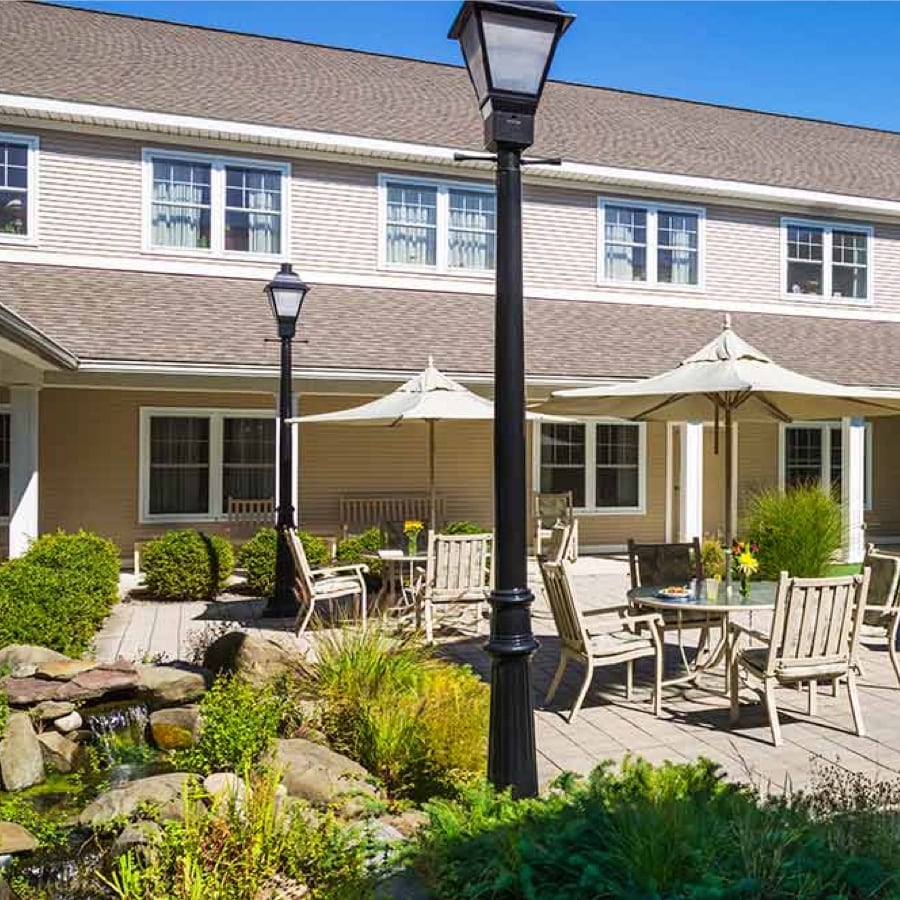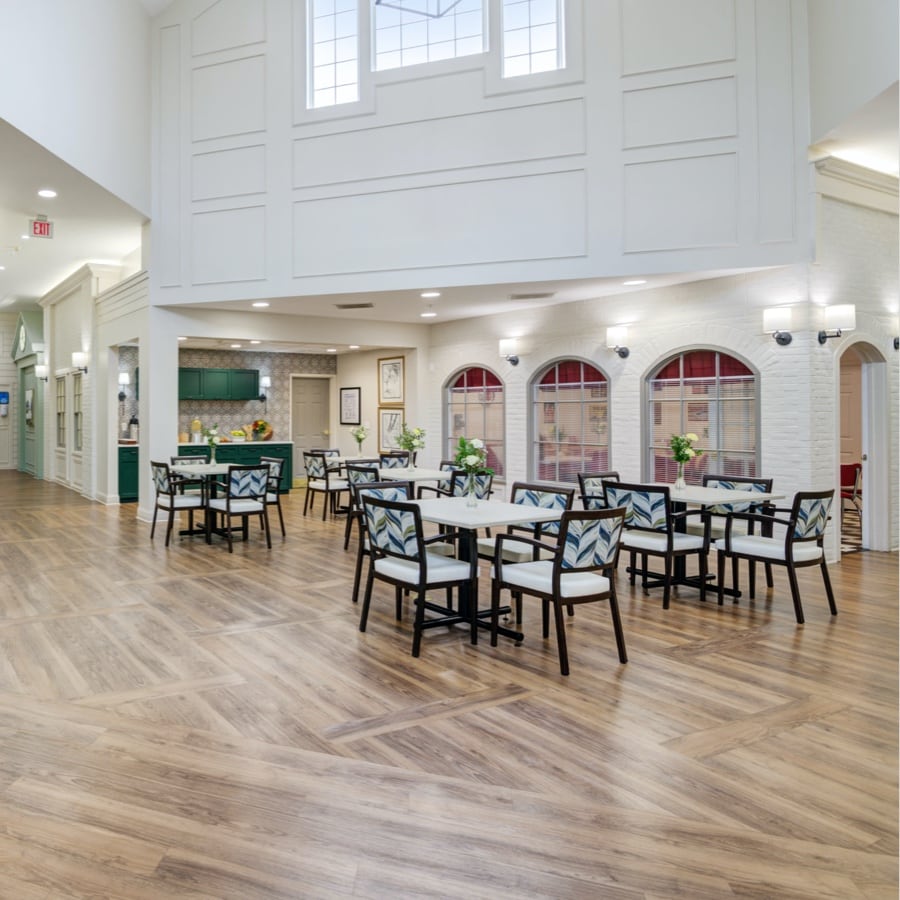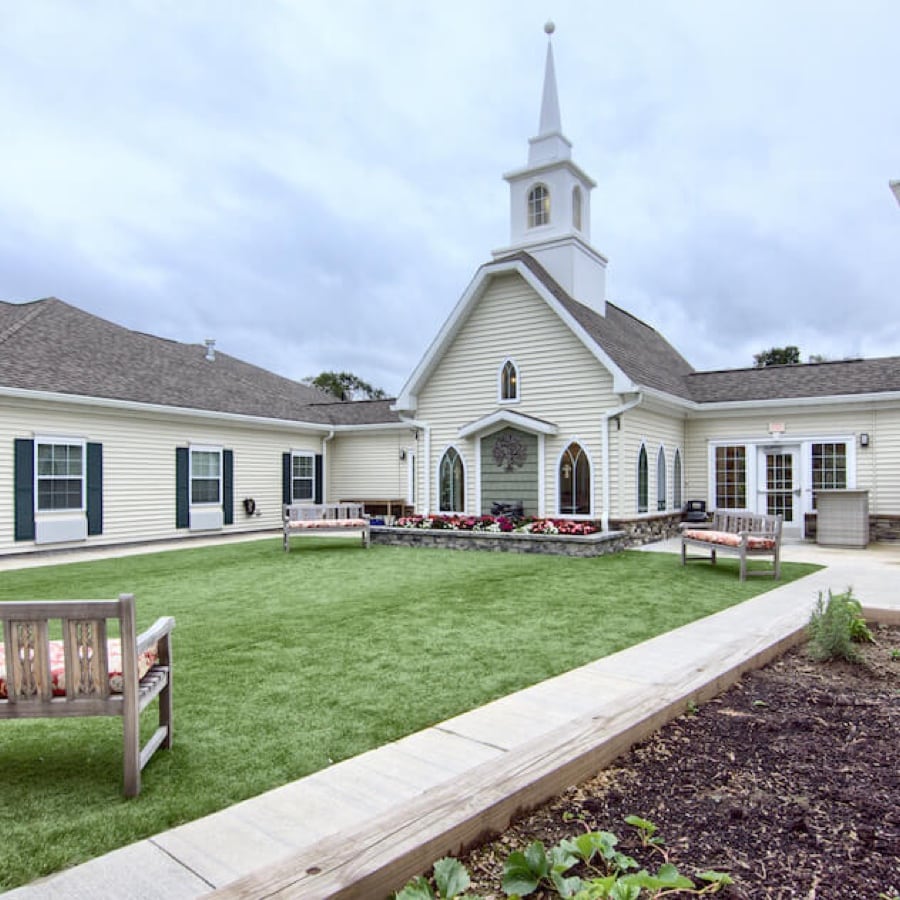If maintaining your home is becoming a burden, your needs have changed, or you are simply ready for a more carefree lifestyle, it’s good to know a wide array of senior living options are available. Downsizing doesn’t mean giving up the things you enjoy—it just means you are making a new choice that will relieve you of a lot of everyday worries.
Deciding Among Today’s Senior Living Options
There’s a lot to think about when contemplating today’s alternatives for senior living. A big move can be daunting. Begin by considering what matters most to you:
- Are you looking to trade chores and upkeep for socializing and enjoying life?
- Are you thinking more about moving into a neighborhood that is age-restricted, rather than a senior living community?
- Would you like to have occasional assistance with the activities of daily living and know someone is always available?
- Is a loved one facing memory issues and you’re feeling overwhelmed by their care?
Answering these questions can help you as you study all the possibilities that exist in senior living.
- Continuing-care retirement communities (CCRCs) include several types of housing options for seniors. CCRCs vary, but one might have senior apartments, assisted living facilities and skilled nursing all on the same property. (A CCRC that has independent living, assisted living and skilled nursing is known as a Life Plan Community). Residents can move from one area to another as their needs change.
- Age-restricted neighborhoods are limited to people over a certain age. Depending on the community, residents might live in a single-family home, a condo, a townhouse or an apartment. Whether they rent or own their residence will depend on each individual community. This can be a good lifestyle selection for seniors who need little to no additional assistance and want to live near people around their age.
- Assisted living communities provide help with activities of daily living (IADLs), like cooking and bathing, but not necessarily a lot of medical assistance. Residents usually have a private or semi-private bedroom and bathroom, but they share all other areas.
- Memory care can either be a stand-alone community or part of a larger senior living (or assisted living) community. There is usually a higher number of staff onsite who offer more supervision, and they include security features to prevent residents from wandering outside unsupervised.
Once you have an idea of which senior living option appeals most to you, here are a few steps:
- Do your homework. Take a tour or schedule a virtual visit to see how you would feel in the community. Talk to residents or family members if appropriate. Have a meal. Visit more than once. Ask as many questions as you can.
- Check with your financial advisor. Some communities are rental, others have an entrance fee. Many offer financial assistance through the Veteran’s Administration for qualified residents. Your advisor can offer guidance concerning your expenses and your plans for your estate.
- Talk with a doctor. Discuss any physical concerns you may have and get your physician’s opinion about the senior living options you are considering.
- Talk with your family. Be open and honest and invite them to be part of this decision.
- Read the fine print. Before making your final decision, take the time to understand all the details of your agreement. You might consult with a lawyer.
Explore Senior Living Options at Peregrine Senior Living
At Peregrine Senior Living, we offer residents a variety of living options that are customized to the way you want to live. From assisted living, to independent living, to home and memory care, you will have no problem finding your new home with us. Contact us today.











